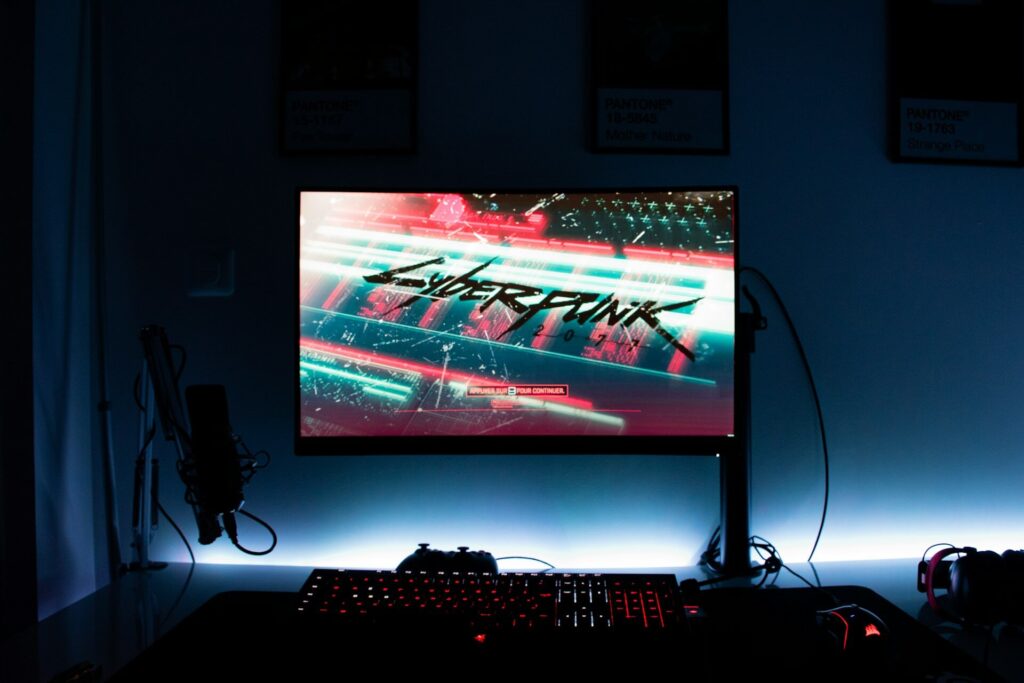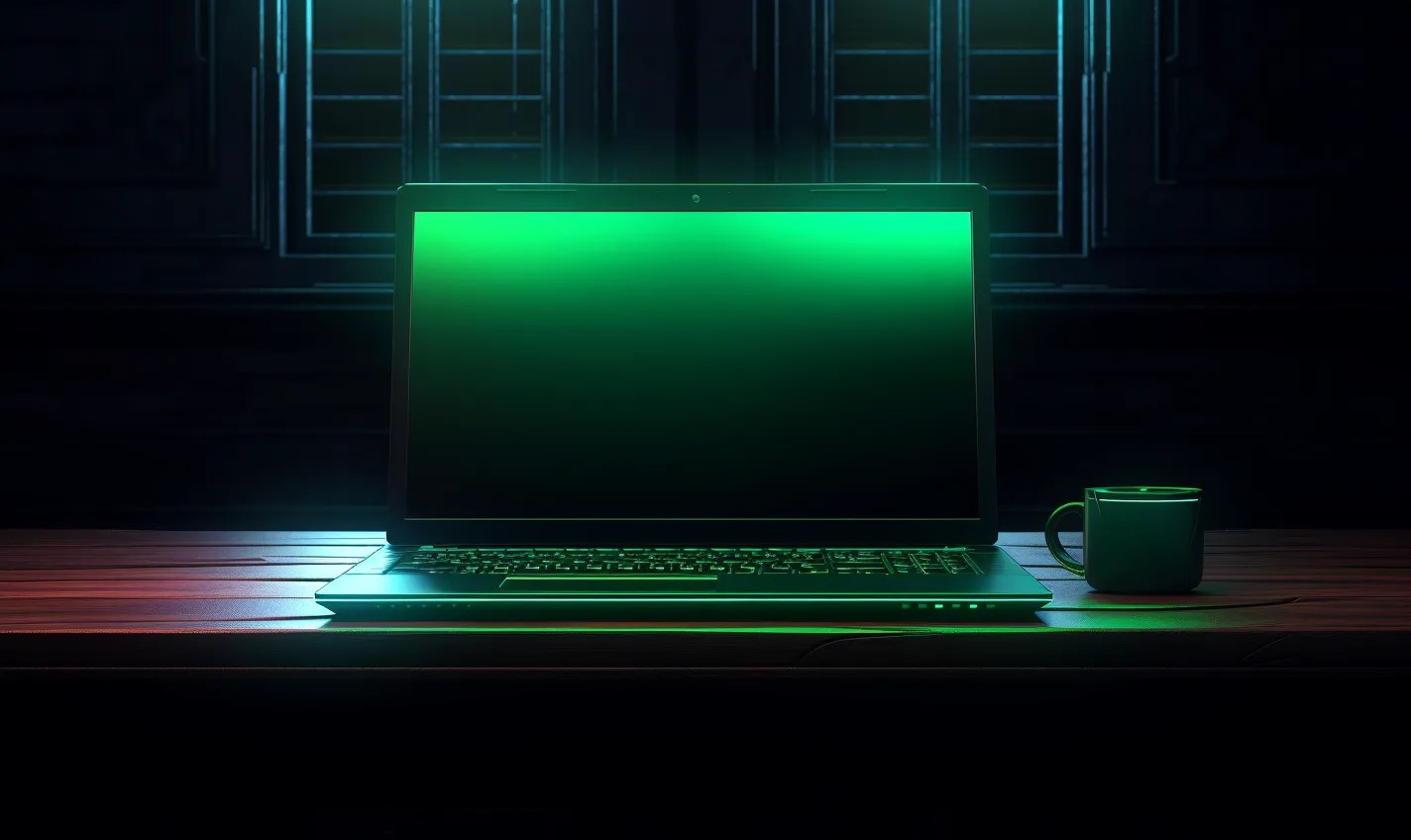No technology defines futurism quote like robotics. From Leonardo da Vinci’s automatons in 1495 to Houdini’s 1919 film “The Master Mystery” to countless science fiction novels, robots have been in our collective unconscious for a long time. But what is a robot, really?
It’s difficult to pin down a tidy definition for the word “robot,” even among roboticists. However, the central capabilities and functions of a robot are a little easier to define. Let’s answer the questions, “What Is a Robot?” and look at some reasons why robots are proving controversial these days.
Where Did the Idea of Robots Come From?
The word “robot” has a Slavic root that refers to the performance of labor. Likely, its first usage is the 1920 Czech play “Rossumovi Univerzální Roboti” (“Rossum’s Universal Robots”). Since then, it has been used to describe increasingly complex and autonomous machines performing an ever-wider range of tasks.
So what is the definition of the word itself? One of the simplest definitions of the word is machines that perform work autonomously. Some roboticists will tell you that thermostats, automatic doors and dishwashers qualify as robots. They perform work without intervention, after all — even if human beings must set them on their way and provide basic supplies.
Which Machines Qualify as Robots?
Three things unite all of the disparate definitions of “robot,” no matter how narrow or generous they may be. To qualify as a robot, a machine must be able to sense, compute and act. It sounds simple enough, but this potent combination has proven elusive during many long years of technological research and development. All of this R&D is yielding fruit, however.
Long a dream, driverless cars are now gaining the perception, awareness and “judgment” they require to act fully independently of human interaction. Drones — or UAVs, which stands for “unmanned aerial vehicles,” — qualify as robots as well.
Drones extend the range of the operator’s senses. Importantly, many also have autonomous functions like returning to the operator automatically when power is low. Others have collision detection and can arrest their own falls to prevent damage.
Modern Examples of Robots
An example of a robot hiding in plain sight? Robotic surgery. There is certainly a skilled surgeon behind the Da Vinci assisted surgery system or the world’s first 5G remote surgery back in 2019. However, both of these systems are autonomous in that they can stabilize themselves and add their own dexterity to the operator’s. Other systems perform medical operations with even greater independence.
Manufacturing, assembly and distribution plants make up a substantial portion of robotic sales throughout the world. Automotive, metal, electronics and food manufacturing saw the greatest increases in robotics adoption in 2017, ranging from 21% growth for automotive to 19% growth for food and beverage processing.
Clearly, robotics adoption is on the upswing. This is an exciting development — but does it come at a cost? Now that we know what they are, why are robots so controversial?
Why Are Robots So Controversial?
With robots all around us — and even helping perform surgery on us — you might expect that the golden age of robotics and artificial intelligence would be cause to celebrate. For the most part, you’d be right.
The International Federation of Robotics finds that robotics is on track to emulate past industrial revolutions in terms of its positive economic impact. In their words, “robot-driven productivity” will account for “10% of total GDP [gross domestic product] growth over 14 years” and “automation-driven productivity” will contribute to 1.4% GDP growth every year over the next half-century.
The controversy over robotics and automation comes down to a few key questions: Who benefits from this created value and what becomes of displaced employees whose roles are now automated? Research from Oxford Economics projects that robots will cause the world economy to shed 20 million jobs by 2030 in manufacturing alone.
On the face of it, this is a good thing. All technology should serve to ethically enhance human life. Whenever practical, technology should remove us from danger and tedium and help human beings pursue more valuable activities with their limited time.
Many employers have found that adopting robotic automation over time doesn’t have to cost jobs and livelihoods. As an example, machine vision provides a more thorough and repeatable inspection process than even the most conscientious line worker.
In answer, one manufacturer in Calumet City, Illinois, has gradually helped its employees graduate to higher-value, higher-skill, higher-reward roles within their facilities even as more tedious, low-wage roles become automated.
Robotic automation will cost human jobs across the United States — more so in some states than others — and across the world. This “industrial revolution” will invent brand-new roles over time, however, and improve overall efficiency and accuracy as it does.
Pursuing Synergy Between Humans and Machines
According to the 2020 MHI Industry Annual Report, the manufacturing industry predicts that 2.4 million open positions will go unfilled by 2028, at a cost of $2.5 trillion to the economy. Weighed against the impending loss of jobs caused by robotics and automation, it seems claims of the “robo-pocalypse” may have been premature.
What’s also made clear by the MHI report is that manufacturers and other types of companies will have to invest heavily in training and reskilling, public outreach, and building mutually beneficial relationships with community institutions and universities.
Companies can keep adopting robotics, automation, big data and predictive analytics if they have a robust training and re-training program. Also, they need a strong talent pipeline in their communities. This doesn’t just happen — but it needs to start happening now, and there are investments to be made. By 2025, experts predict companies will spend $67 billion on robot integration.
What Is a Robot, Really?
What is a robot? It’s a machine that can act on its own to improve human life — and it’s a technology we can make use of responsibly. Controversy around robots will likely persist for some time, but there’s no denying the potential they have to improve our economy, our lifestyles, our safety, and our ability to provide for the world in an economical way.
Recent Stories
Follow Us On
Get the latest tech stories and news in seconds!
Sign up for our newsletter below to receive updates about technology trends




